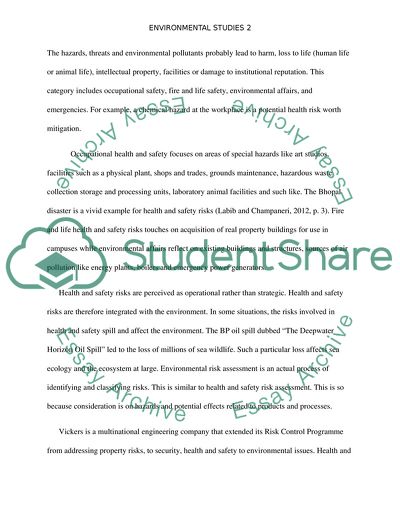Cite this document
(Environmental Risks Assignment Example | Topics and Well Written Essays - 2500 words, n.d.)
Environmental Risks Assignment Example | Topics and Well Written Essays - 2500 words. https://studentshare.org/environmental-studies/1800286-environmental-risks
Environmental Risks Assignment Example | Topics and Well Written Essays - 2500 words. https://studentshare.org/environmental-studies/1800286-environmental-risks
(Environmental Risks Assignment Example | Topics and Well Written Essays - 2500 Words)
Environmental Risks Assignment Example | Topics and Well Written Essays - 2500 Words. https://studentshare.org/environmental-studies/1800286-environmental-risks.
Environmental Risks Assignment Example | Topics and Well Written Essays - 2500 Words. https://studentshare.org/environmental-studies/1800286-environmental-risks.
“Environmental Risks Assignment Example | Topics and Well Written Essays - 2500 Words”. https://studentshare.org/environmental-studies/1800286-environmental-risks.


